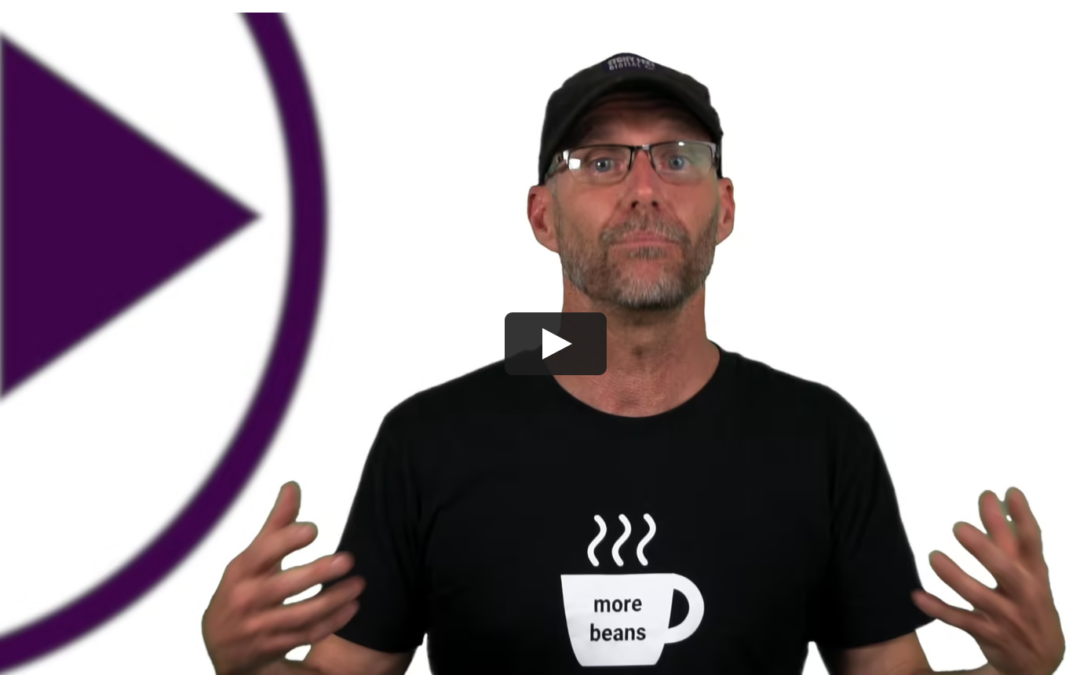You were taught to write in primary school, correct? Honed your writing skills throughout your education and business life? You probably compose words to friends, family and colleagues daily without even thinking about it, and you may even write successfully for YOUR business communications?
So writing a video is the next – easy – step, right?
It is entirely possible to write a video script yourself, but it takes a nuanced touch; often less words are better than more and the verbal narrative should work hand-in-hand with the pictures and fill gaps where the visuals are less clear.
But if you’re going to all that trouble to create a video, you need the words within it to be powerful and engaging enough to deliver the outcomes you expect.
So before you get started, here’s some tips for successful script writing for video.

PURPOSE
Tempting though it is to dive straight into a script, start by nutting out the reasons behind your video and any essentials that must be in it.
We do this with clients by means of a VIDEO BRIEF TEMPLATE
Use it to identify key elements such as the video’s purpose, who the video is aimed at and what value and messages your audience should take away when watching your video.
Collaborate with anyone involved so they can also have their say and let their ideas be heard.
Getting everything clear up front will save you time in your video production process: further down the track, when someone proposes changes to your video – refer to the original agreed brief.
Once you’ve filled out your brief, use it as a template for your script.
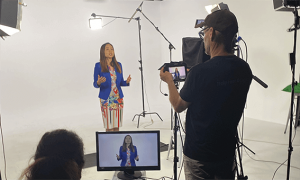
LOGISTICS
Start with bullet points of what you want to say, order logically and from there, script long hand word for word.
As a set of directions for everyone involved in the video, your script should detail both the visual and audio aspects of what need to be filmed or captured during a shoot. It will also be what an editor uses as a template in post production.
Audio aspects refer to the narrative such as any piece to cameras or voice over to be recorded on site. It may also be answers gleaned from interviews so either carry out pre-interview research with your subject or broadly script out what you want your interviewee to say.
This will also be where you include any other audio aspects to be filmed or used in post production, such as sound effects, natural sound punctuation or music.
Visuals identify what aspects of your script will be used to enhance understanding of your narrative or any textural elements to added in post production. This will also be a shot list for your shoot.
Create a document with a 3 column table, for visual, audio and text. You may want to download this SCRIPT TEMPLATE
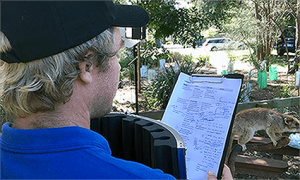
LENGTH
Before you start to write, consider what your finished video length will be. A 30 second video is a different beast to a two minute one, and each require a different word count and visuals to communicate a message.
As a rule of thumb, three words of dialogue lasts about one second. So for a minute script you’ll need to stick to between 150 and 180 words on paper.
Start by focusing on what you want to say, chunk your script into paragraphs and as you write refine and reduce your word count as you go. This approach will help you focus on what really needs to be communicated.

THE WORDS
- Start with a hook. This is a great tool to grab attention and start a connection with your viewers.
- Introduce yourself. Assume your audience don’t know who you are, so tell them who you are up front, introduce your video topic and explain why you’re qualified to help. But mix it up, you don’t always have to start with an introduction, instead pose a question or tell them what is coming up, then introduce yourself.
- Be conversational. We tend to write dialogue more formally than we speak, so by remembering your video will be spoken out loud, write what you would actually say, not what looks best on paper. Ditch the jargon and words to impress. No one relates to acronyms they don’t understand of complicated sentences and words that they never hear out loud.
- Be personable. Use “you” and I to be more personable, rather than people or they and one.
- Empathy. Show your audience you understand their issues, and consider using personal anecdotes or stories to demonstrate this.
Our company helps small business owners with sales, marketing and operational support. I’ve channeled by decades of business experience into a series of online courses to help business owners who want coaching
Vs
Hi I’m Freya. As a business owner for more than 20 years, I get how exciting and challenging running your own business can be. At 19 I co-owned a surf shop that sold to Billabong 5 years later and I’ve helped run my husband’s building company for over ten years. My experience has taught me that every business deserves one to one coaching. But not everyone has access to the money or the people to make it happen.
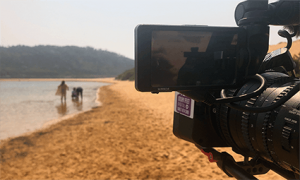
- Talk to your audience. Choose a tone that relates to your audience. Use a variety of sentence lengths to make your narrative easier on the ear and use inflection and humour where possible to be more human.
Denman Furniture are office fit out specialists with over 30 years industry experience. We can help you with all your office furniture needs supplying and everything from desks, ergonomic chairs, meeting room furniture and reception tables.
Vs
Your workspace style says a lot about your business. And choosing the right office furniture can not only boost productivity amongst your team, but also increase staff morale. On the flip side, getting it wrong is just not good for your staff or your business. At DENMAN Office Furniture, we’re all about helping your business. make a great impression.
- Be curious. Questions are a powerful technique for engaging and persuading an audience and keep people invested in your content. They’re also a useful way to demonstrate in your video how you can answer an audience’s question by the end and solve their issue. EG “Do you struggle to put pen to paper when writing a script. I’m here to help?”
Many business owners work too hard in their business rather than stepping off the treadmill and building a future
Vs
Are you working crazy hours on your business to avoid working for someone else building their dream? Wouldn’t you rather work less, reduce stress and achieve more?
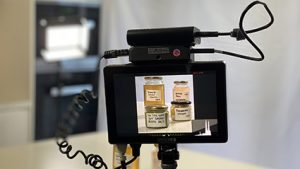
- Write with pictures in mind. Dialogue is about telling, but pictures can visually show an audience a process, convey emotion and help comprehension. Include the shots you will need to film to better aid understand of your video. Your words and pictures should support each other but don’t always have to match.
TEXT: This machine is a sorting device. It invests all the elements from the truck and sorts them into different types of plastic. Integrated technology means the machines separates Plastics of different weights, colours, materials into various bins.
VS
VOICE OVER: Our technology is cutting edge and materials are efficiently separated reducing man hours on the factory floor.
VISION: Shots of dump truck emptying into machine, CU sensors and camera, WS sorting line, CU separate buckets of different waste.
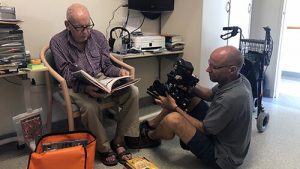
- Less is more. Keep your words tight and ditch expressions or words that are flowery or superflous; you’d be surprised how often these adjectives or adverbs slip into our prose when we write. Similarly bridging words – net, then and so on, are just not necessary to a short punchy video script. Phrases like: As you will see, for instance, you may want to – lose them. Use simple, concise language, avoid complex or waffly sentences and get to the point fast.
- Don’t be prescriptive. Just because something is written in your script, doesn’t mean you have to exactly replicate the pictures to match. Use pictures to support your narrative, to move it forward to to add depth to the meaning.
TEXT: There’s a concierge services that takes messages and calls when you are absent or busy. We also have a range of recreational facilities – a bar, fitness studio and showers and bike parking to ensure that you are able to spend time before or at the end of your day being the best version of you.
VS
VOICE OVER: Our unique environment enables you to perform at the top of your game.
VISION: Various shots of message taking, yoga studio and bike being wheeled into spot.
- Don’t leave them hanging. If a a viewer has got to the end of your video, tell them what action they should do next. Go here, download this, email that.
- Read your script out loud. And use when you finish, read it out loud once again. This is the only way to find out if your dialogue sounds natural. Do it again and again until you are happy with the end result.
Writing for video doesn’t have to be hard! But if you still struggle – we can help. As part of any video production package we offer script writing and editing services as part and parcel of the deal.

